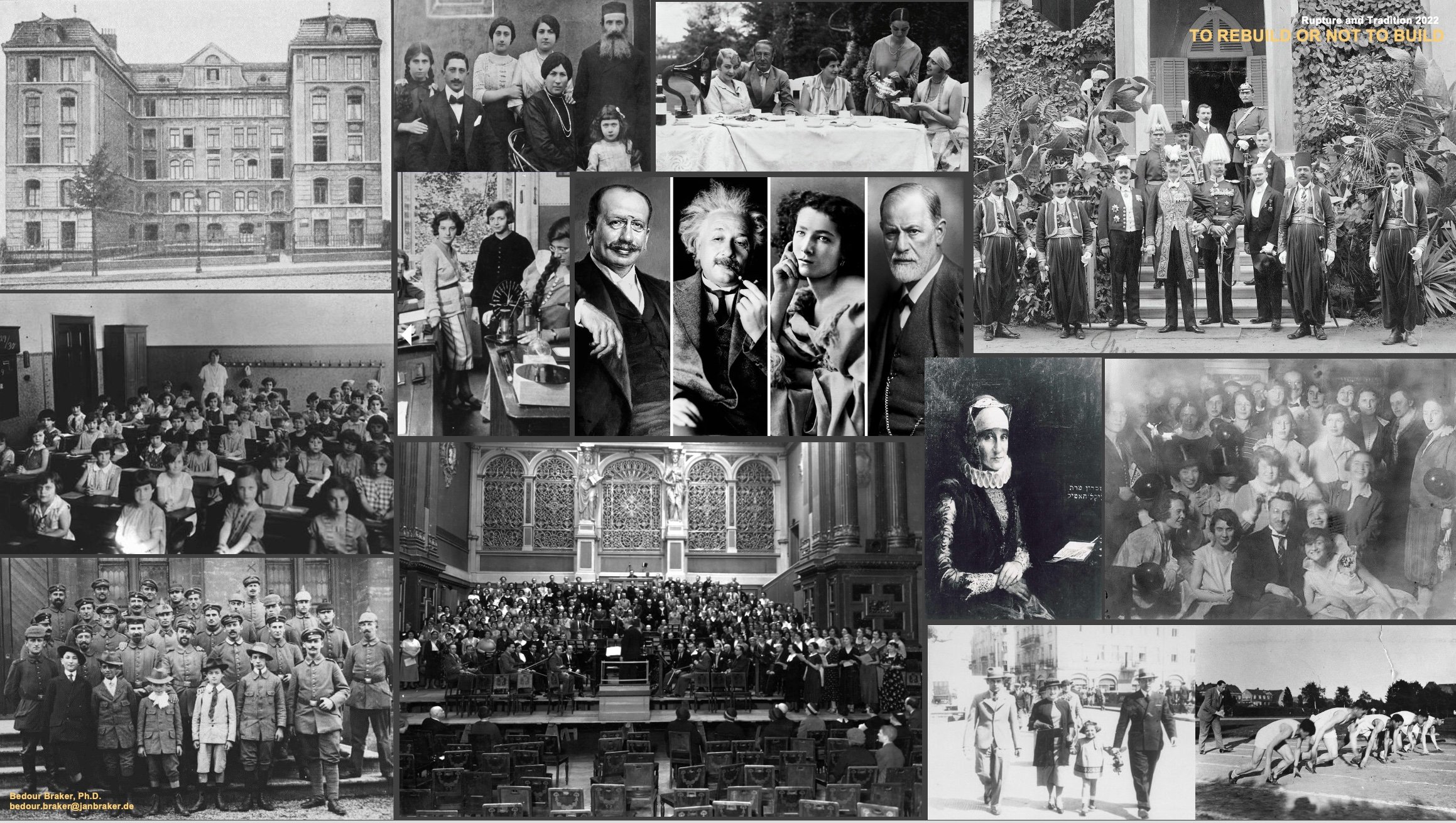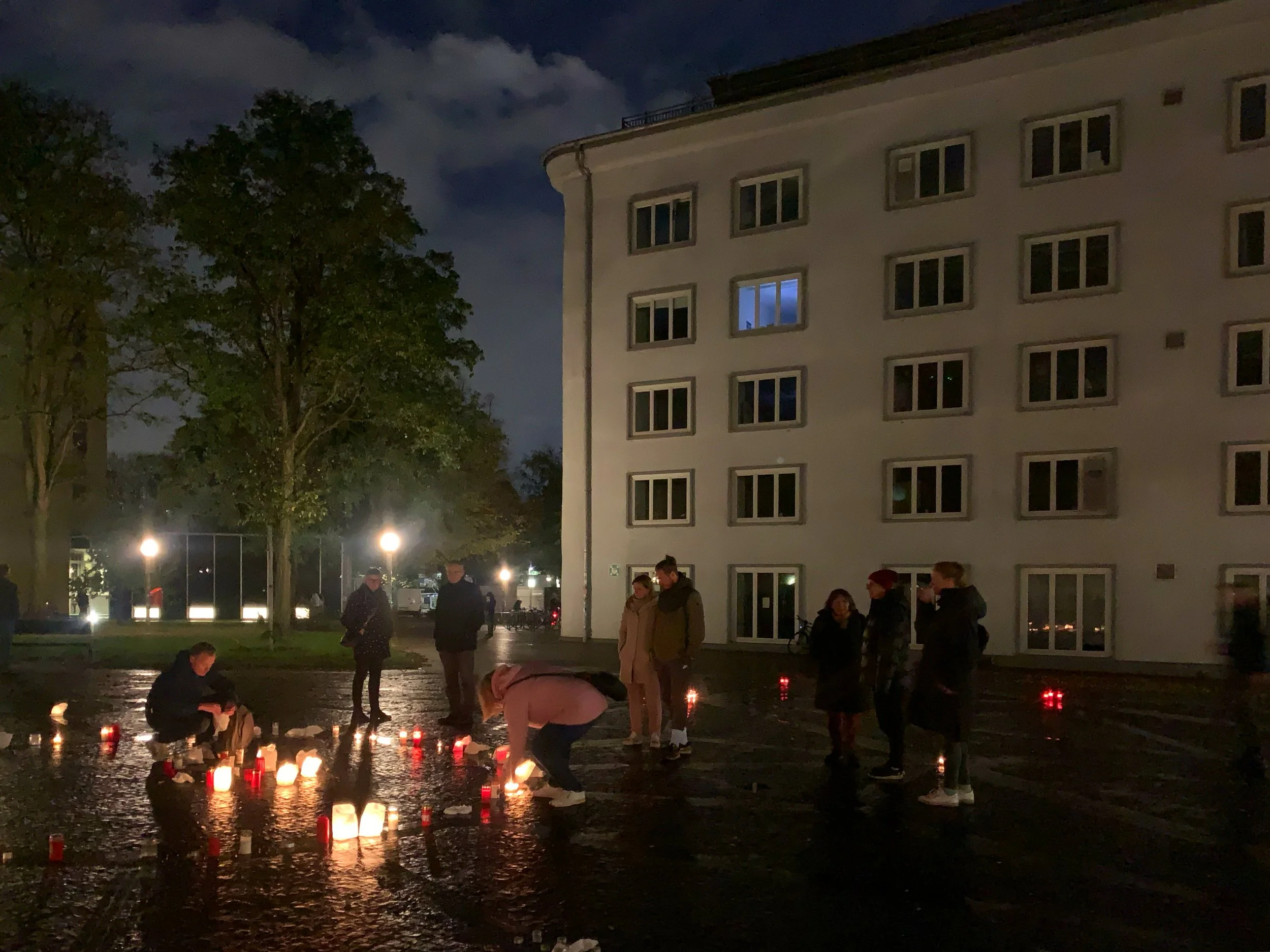To rebuild or not to build
The case of Bornplatz Synagogue in Hamburg
Photo by Bedour Braker, 2022
Location National University of Singapore
Year 2022
Status Paper / Conference
Author Bedour Braker, Ph.D.
Type Conference
Organiser IASTE
Presented 14-17 December 2022
Published in the Working Paper Series by IASTE
ABSTRACT:
Hamburg has had a Jewish community as far back as the 16th century when Portuguese and Spanish Jews immigrated to Germany via Netherlands as Christian converts, and by 1611 there were already three Synagogues serving the Jewish community in Hamburg. Despite some time-intervals of unrest during the nineteenth century, their community still thrived in Hamburg and grew to over 12.000 Jews by 1866. When the Nazis came to power in 1933 Hamburg was home to around 20.000 Jews, most of them living in Grindel neighborhood. By 1947 their population shrunk to 1200, and sadly enough, this number did not increase beyond 1500 until the wall came down in Berlin, 19891. In the 1990s, Russian Jews flooded into Hamburg and other German cities. The new immigrant Jews nowadays shape the majority within the German Jewish community; some live in historic neighborhoods but many live in outlying areas where rents are cheaper. The surge of immigration bumped the Jewish population of Hamburg to around 5000 in 2003. A few years ago, the new Jewish community in Hamburg demanded to rebuild one of their long-lost key synagogues in Grindel neighborhood, demolished in 1938 by the Nazis. A topic that has become controversial in the past few years. By tracing the history of the German Jews, and their emotional connection to some of their spaces in Hamburg, we provoke the controversy of whether to build or not to build the synagogue in Grindel.




